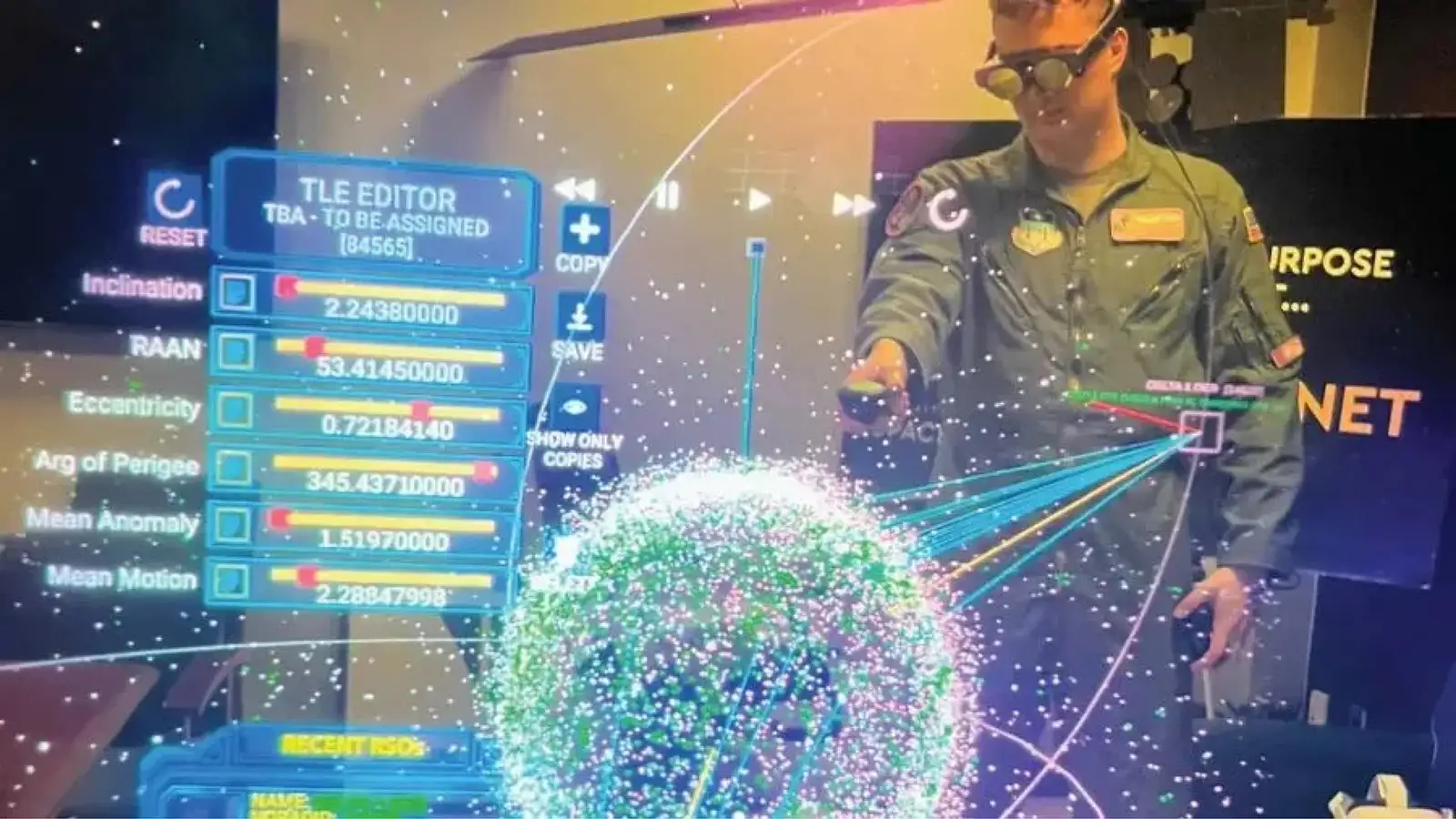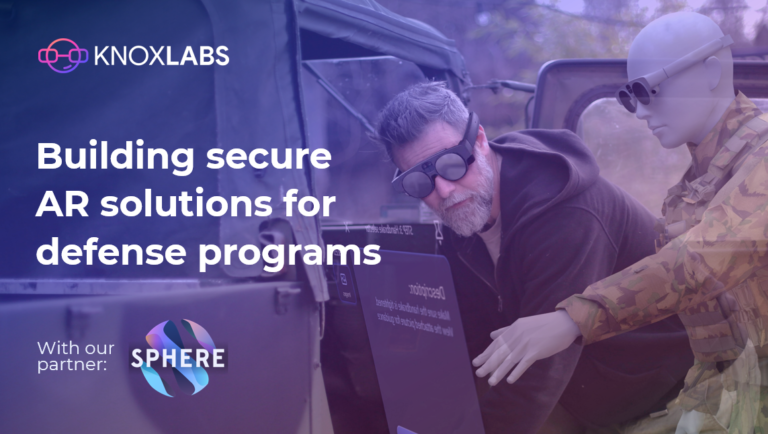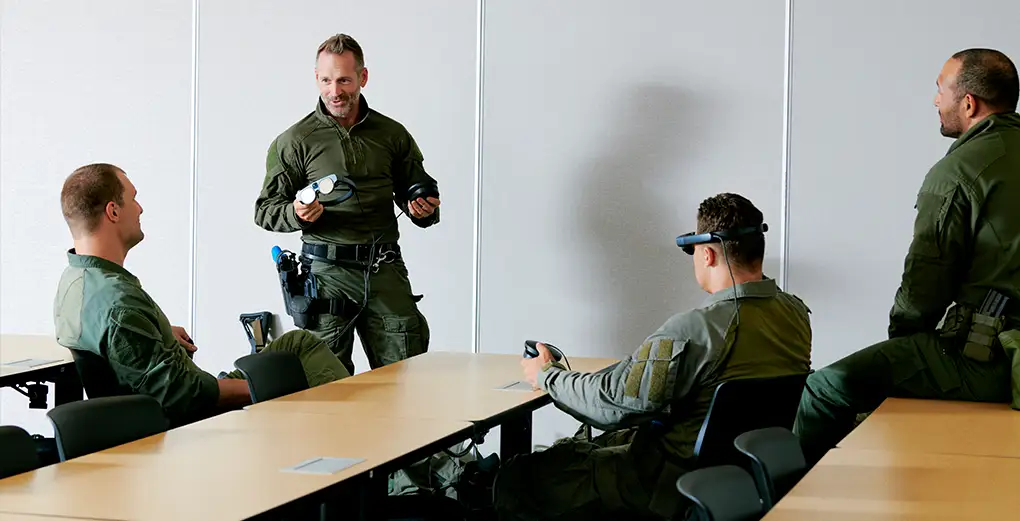
Top benefits of AR for Command and Control
- Enables remote collaboration and information sharing
- Expands situational awareness
- Reduces logistical burden and streamlines asset management
- Minimizes cognitive load, accelerating decision-making
Building on the foundations of defense training with AR
Following our previous analysis in “The Future of Defense Training: AR’s Strategic Edge” it’s clear that augmented reality (AR) is revolutionizing defense strategies, particularly in training environments. The latest AR headsets exemplify this transformation, and offer new avenues for advanced training in Command and Control (C2) systems.

A game-changer for C2 training and operations
The integration of AR into C2 manifests in several transformative ways:
- Immersive Tactical Training: In AR-enhanced simulations of complex battlefield scenarios, trainees learn to navigate real-world conditions in a safe, virtually augmented environment.
- Collaborative Strategy Development: Through AR, dispersed teams can engage in joint tactical planning sessions, fostering synchronized strategies and decision-making across various locations.
- Enhanced Situational Awareness: Real-time AR data overlays, such as enemy positions, terrain analysis, and resource tracking, elevates situational awareness and cross-communication.
- Unified Operational Views: Shared visualization of the battlefield operating picture facilitates cohesive command and control across distributed teams.
The advancement of AR technology with devices such as the Magic Leap 2, is not only an upgrade for immersive technology; it’s the driving force behind a larger paradigm shift in military and defense training.
One of AR’s core advantages for command and control lies in its ability to provide a real-time, data-enriched view of the operational environment. High-resolution optics and a wide field of view, paired with dynamic AR visualizations overlaid on the real world, provides commanders and personnel with an unprecedented level of situational awareness.
Everything from intelligence on enemy positions and movements to terrain mapping, airspace restrictions, and asset tracking can be seamlessly integrated into the field of vision.This spatial integration of critical data points eliminates the need to cross-reference separate displays or communications. This reduces logistical burden and cognitive load while accelerating reaction times in fluid, rapidly evolving situations where seconds can be mission-critical.
Want to learn how AR can transform your training?
Get Started TodayFacilitating coordinated, distributed command
AR naturally lends itself to enhancing remote collaboration and communication by allowing geographically dispersed teams to visualize and interact with shared digital models, maps, and operational data within a unified, simulation environment. This unified view mitigates the “fog of war” challenges associated with coordinating teams across different locations.
Commanders can use AR to experiment with various strategies, communicate directives through immersive multimedia tools, and align all elements through an authoritative operational picture updated in real-time. The result is greater strategic alignment and cohesion across all battlefield operating systems.
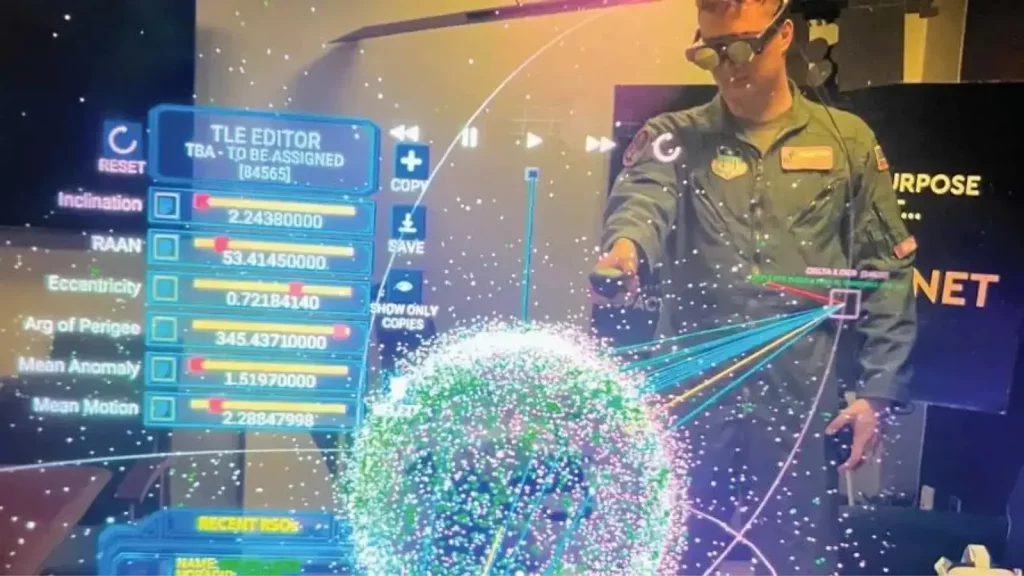
From concept to capability: realizing the AR-enhanced soldier
AR technology also serves as a force multiplier, maximizing cognitive performance in an ever-changing threat environment. It transitions the ‘augmented soldier’ concept from an abstract idea to a real-world training capability. Soldiers can access contextual battlefield intelligence, simulate operational plans, and develop accelerated decision-making skills – elevating training effectiveness exponentially.
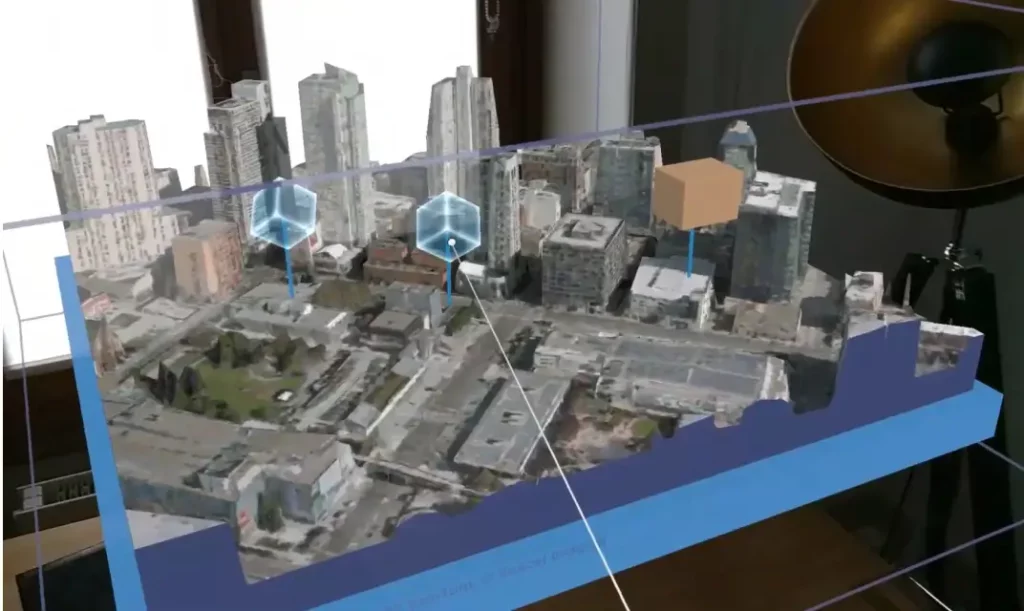
Future directions in AR-enabled defense training
Looking ahead, the integration of AR with AI in training programs is poised to offer more personalized and adaptive learning experiences. AI systems can process massive data streams from AR training, identifying patterns and relationships. This unlocks predictive analytics to forecast potential tactical scenarios, threats, and resource needs before they occur.
Additionally, guided by machine learning models, AI will be able to provide contextualized recommendations and risk/resource assessments for each course of action – granting commanders unparalleled insights to guide high-stakes calls.
Paired with AR, AI’s cognitive computing abilities may fundamentally transform command and control practices, from intelligent multi-domain simulations to real-time tactical guidance and autonomous logistics.

Magic Leap 2: Advancing C2 training and beyond
As defense operations evolve, so must the methods and tools we use to prepare our forces. AR in training has become not only an advantage, but a fundamental component of modern military preparation.
Magic Leap 2’s versatile platform enables the seamless integration of traditional training methodologies with the strategic advantages of advanced AR technologies. And, its applications extend far beyond conventional combat training. It is equally effective in logistics, engineering, emergency response and medical training, offering interactive, scenario-based learning experiences that can be customized and iterated in real-time.
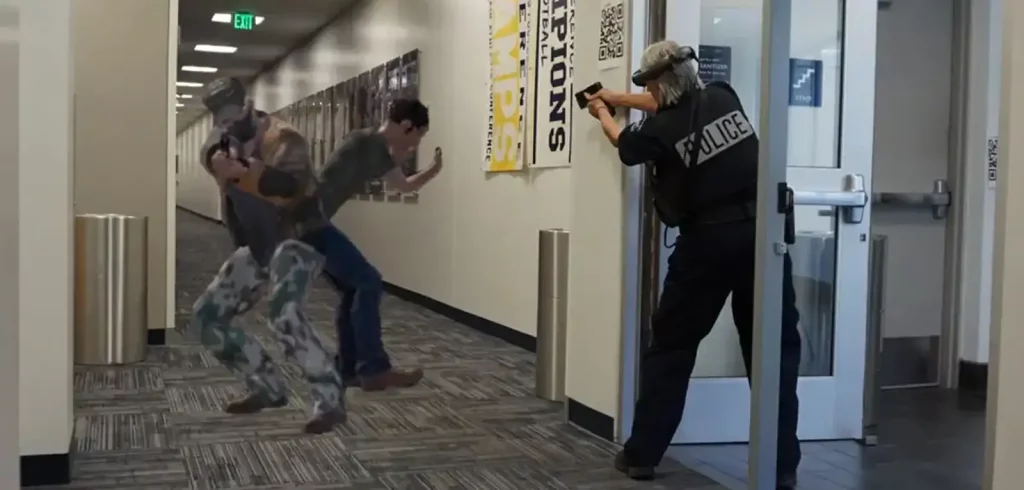
Ready to learn how AR can transform your training program?
Get Started TodayWe encourage defense organizations, military trainers, and technology innovators to explore the capabilities of AR with Magic Leap 2 in enhancing defense training. To discover more about integrating this revolutionary technology into your training programs, visit https://proxr.knoxlabs.com/ar-for-military-command-and-control-training.

